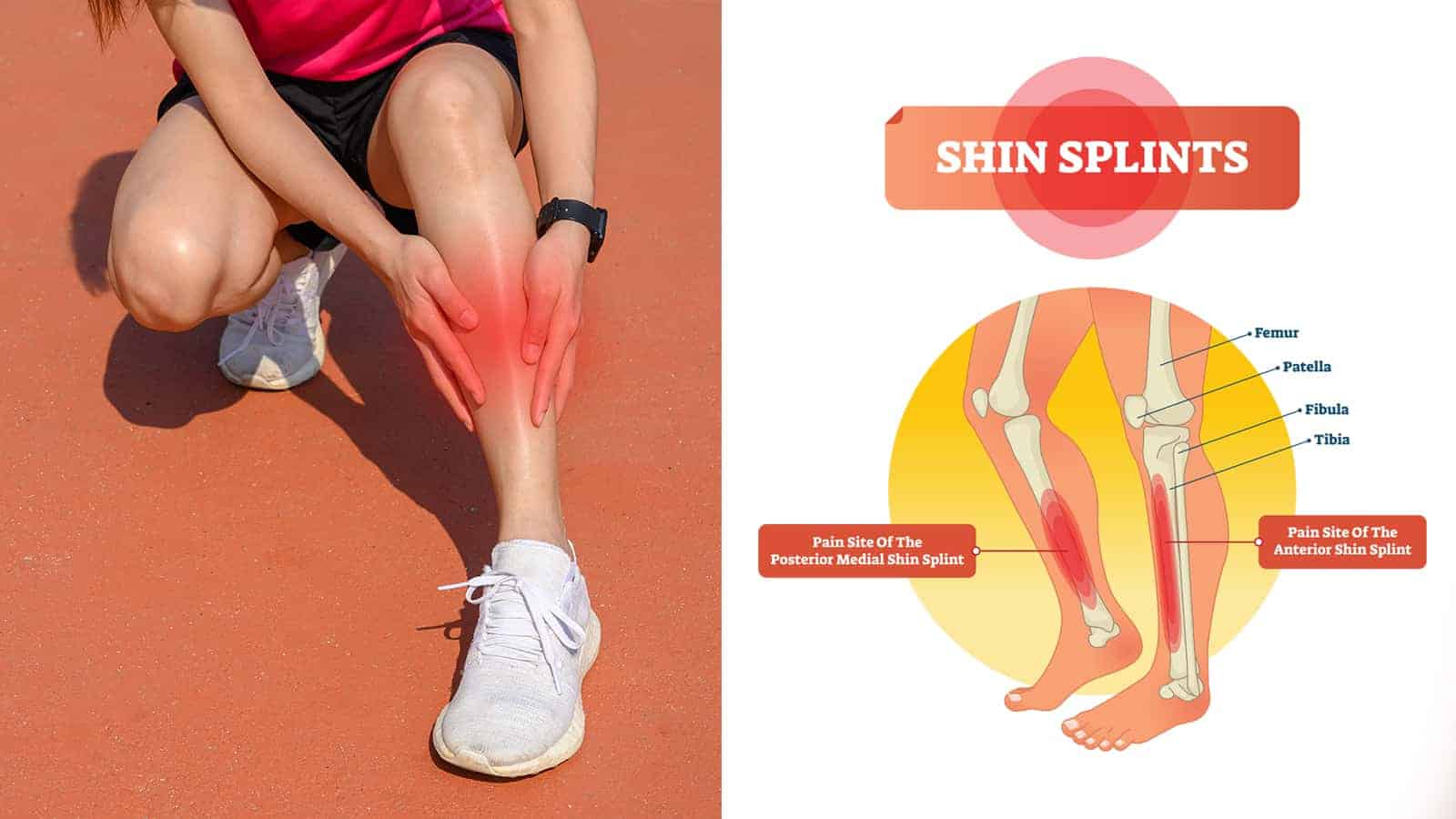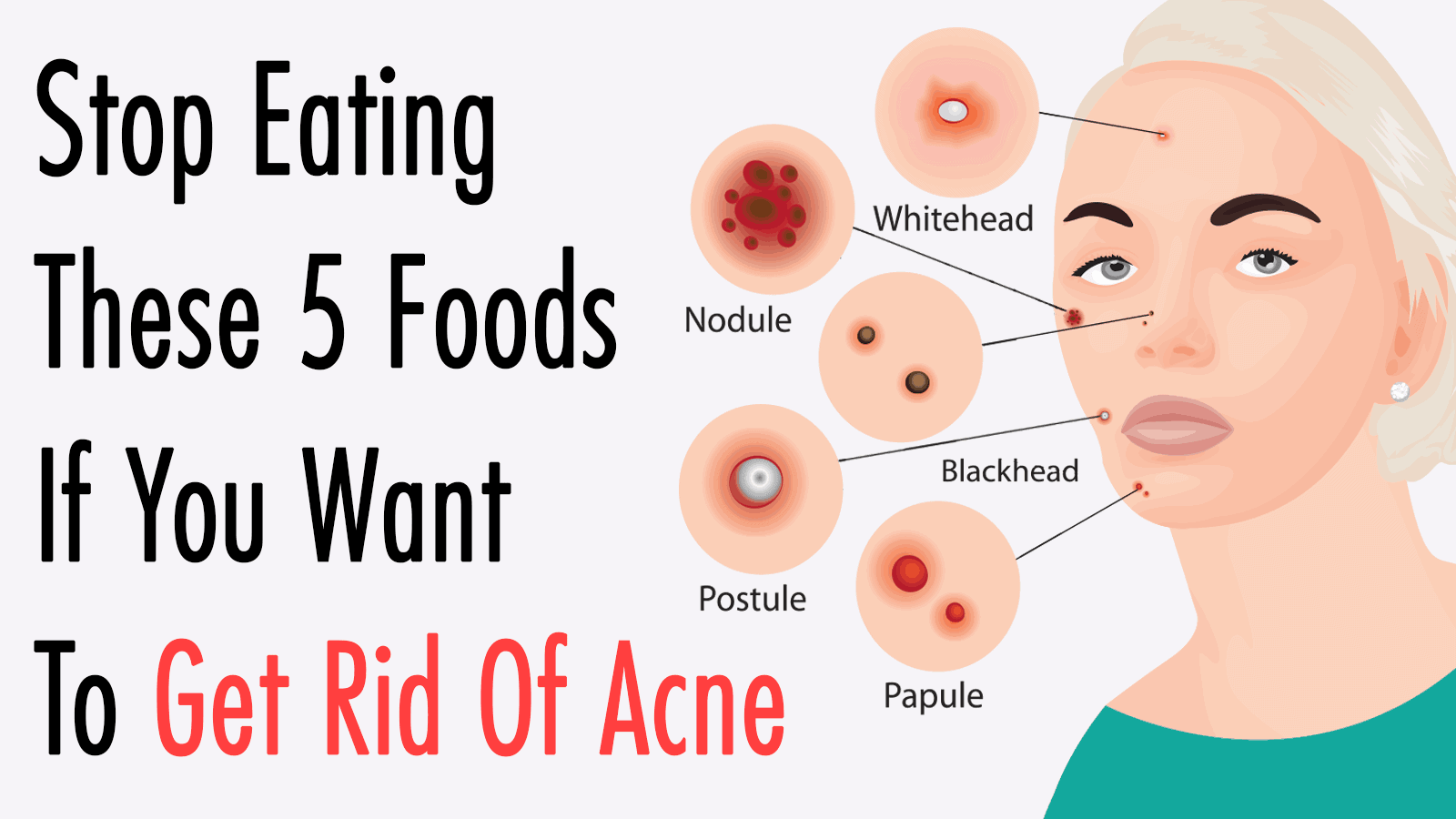Coconut oil is a fantastic superfood that works wonders inside and outside our bodies.
More than 1,500 studies indicate that it is truly a natural miracle potion. Now that medical research recognizes the immense benefits of saturated fats such as those found in this oil, more people are turning to this priceless treasure for a wide range of benefits. It is steadily gaining popularity as a staple in cooking, health, and beauty regimens.
Boost your savings and your health by using coconut oil for your skin instead of expensive synthetic ingredients. Not only is this oil significantly more cost-effective, it is more effective in penetrating your skin due to its lower molecular weight and how it bonds with proteins. Beauty enthusiasts and health professionals constantly discover new uses and advantages of coconut oil for the skin. So here are a few.
Here are the top ten ways to use coconut oil for skin:
Body Butter
Add coconut oil to other skin-loving ingredients such as shea butter, jojoba oil, and your favorite essential oils. Apply generously after bathing. The saturated fats in these oils help slow down moisture loss through the skin and give the skin an even, smooth, and healthy tone.
Deodorant
Say goodbye to toxic store-bought deodorants and replace them with this miracle oil. Make your own non-irritating deodorant with just a few health-promoting ingredients.
Facial Scrub
Combine oil with sugar to exfoliate and moisturize your skin. This can be used all over your body, too.
Detox Bath
Add ¼ cup of oil, ¼ cup of Epsom salts, and a few drops of essential oils to a hot bath for a quick detoxing bath. Exercise caution as the tub may be slippery.
Body Oil
To treat extremely dry skin, use this oil instead of chemical-laden body lotions. Lightly coat problem areas like the feet, knees, and elbows.
Cuticle Oil
Home manicures can be a breeze now. Rub the oil into your cuticles to protect against germs and loosen cuticles.
Shaving Gel
This oil wears yet another hat: shaving gel. It offers moisture and protection against razor burn and ingrown hairs. Simply apply to skin, shave, and dry for silky smoothness.
Sunscreen
Coconut oil provides minimal sunblock protection, roughly SPF 4. However, it is quite effective in soothing and rehydrating sunburnt skin.
Skin Disorders
This oil contains lauric and caprylic fatty acids, which reduce internal and external inflammation. It also contains many antioxidants that augment its healing properties for the skin. It is antimicrobial, so it can balance out fungi that cause many skin problems. With great success, this oil has consistently been used to treat burns, dandruff, dermatitis, eczema, and psoriasis.
Cold Sores
A dab of oil will help accelerate healing and reduce pain and scarring. The antimicrobial and disinfectant properties of caprylic, lauric, and capric acids help protect against infections, too.
Diaper Rash
No one is too young to experience the benefits of coconut oil for the skin. Apply a tablespoon over the diaper area to protect against or soothe diaper rash.
Insect Repellent
Keep chemicals and bugs at bay by making your repellent. Combine one cup of oil with forty to fifty drops of insect-hating oils like clove, mint, lemongrass, and citronella. You will need to apply more often, but your skin will be nourished and not assaulted by toxic ingredients.
Night Cream
You can use this versatile oil as a stand-alone night treatment or add a little to your favorite face cream. It will boost your skin’s ability to repair itself as you sleep and help maintain hydration.
While you can safely apply coconut oil directly onto your skin or as a carrier for your favorite essential oils and blends for skin care, you can also boost your overall health by including it in your daily diet. Organic, extra virgin oil lends a subtle tropical flavor to foods, has a high melt point, and provides the benefits you expect. Avoid refined oil; bleaching, overheating, and chemical processes alter the chemical makeup and strip away the healing power of the oil.
Your skin is your body’s largest organ. It needs and deserves the best of care. Coconut oil for skin virtually replaces a cabinet of “must-have” synthetic products that expose your pores to unhealthy chemicals. This incredible ingredient is your at-home dermatologist for a plethora of skin treatments. Amaze your skin for a fraction of the cost of unnatural remedies with coconut oil.











